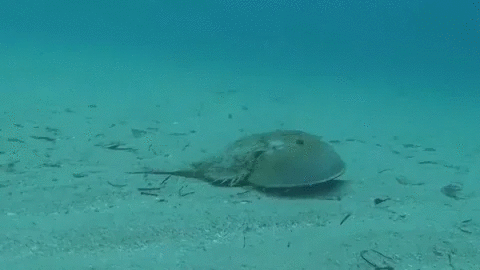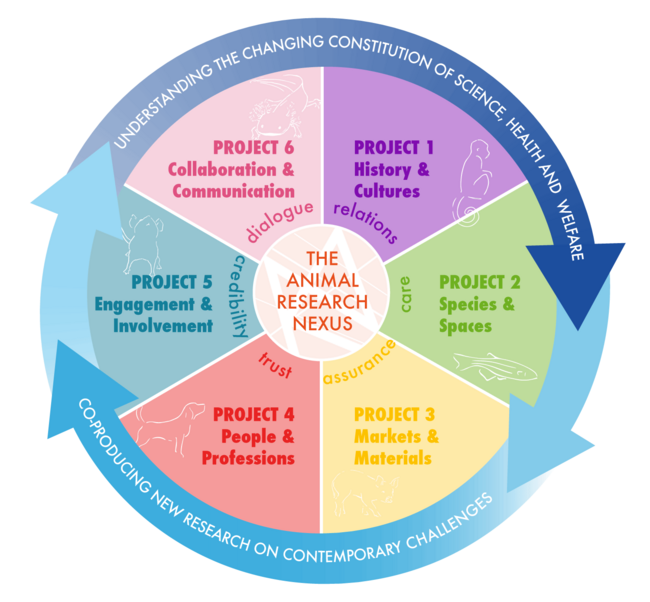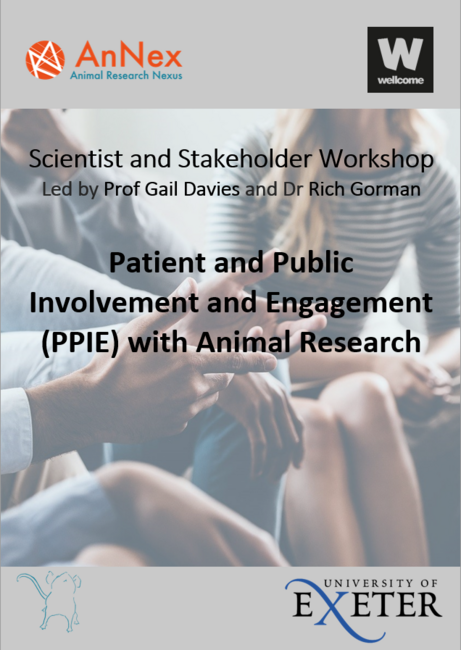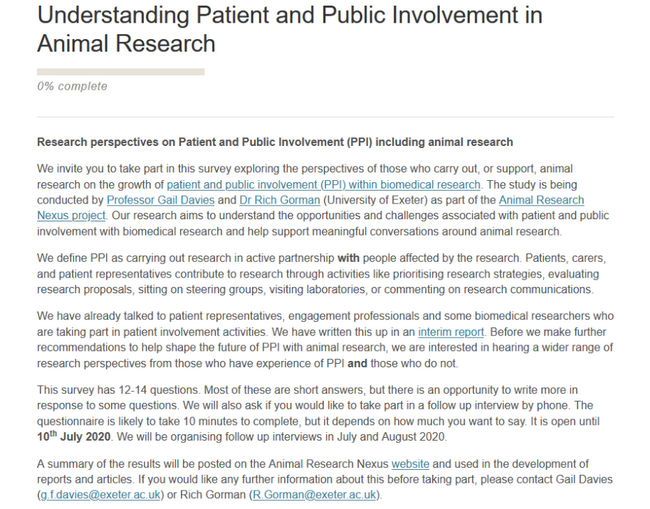Engagement & Involvement
Understanding patient and public involvement and engagement (PPIE) with the practices of animal research

Public and Patient Interfaces with Animal Research
Biomedical research is increasingly expected to be open and transparent, to translate laboratory findings into new drugs and treatments for humans and animals, and to engage with the people affected by health conditions who stand to benefit from this research. These demands have led to rapid growth in new forms of public and patient involvement and engagement (PPIE) across health and care research. These innovations are beginning to open up new interfaces between people affected by health conditions and animal research within project reviews, facility visits, and other conversations.
At the University of Exeter, our work involved attending events and talking to people working at the interfaces between PPIE and animal research to understand the range of opportunities, challenges, and questions these encounters create. We used the idea of the animal research nexus to highlight the different expectations and experiences that organisers, researchers, and participants have of these events, and to work towards enhancing their value for everyone.
We published an Interim Report from our research to share our findings with research participants in early 2019. We presented and published our work for different audiences and in academic articles, which you can explore below. In 2022, we published our report of practical next steps for Informing research involvement around animal research and devised a training workshop for researchers considering PPIE, which was part of Beth Greenhough's work on Care-full stories.
If you have further questions about our research on the interfaces between people affected by health conditions and animal research, please contact Prof Gail Davies. This work was carried out with Dr Rich Gorman and Dr Gabrielle King, who are now in new roles supporting the research involvement. Gail is continuing her work on the social and cultural aspects of animal research and its replacements.
As part of his work on the Animal Research Nexus Programme, Rich also worked on the contested conversations around replacements for endotoxin testing using horseshoe crab blood, in collaboration with the RSPCA. His work extended our analysis of how people affected by health conditions talked about the harms and benefits of animal research outside of regulatory spaces, with an exploration of how the 3Rs was being used to discuss the future of procedures using animal derived material that fall outside of ASPA. You can see the slides from our presentation at the closing conference pulling these two strands of work together to reflect on whose interests are engaged and who is involved in decision-making around animal research.
Relevant, tagged site content:
Engagement Activities
The Animal Research Nexus team at the University of Exeter have developed a range of resources to help understand and support involvement with research for when conversations include animal research.
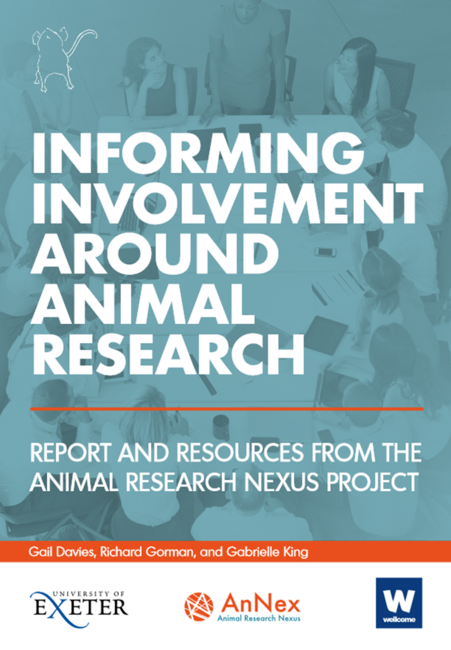
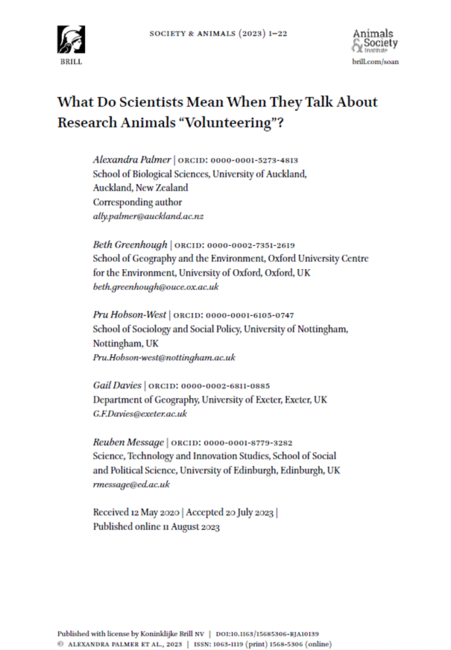
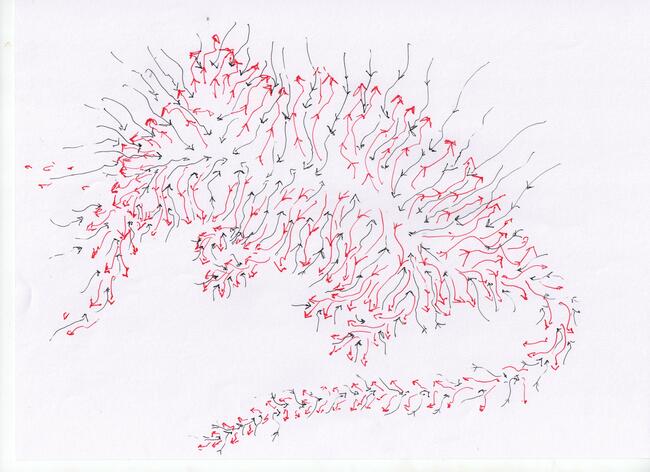
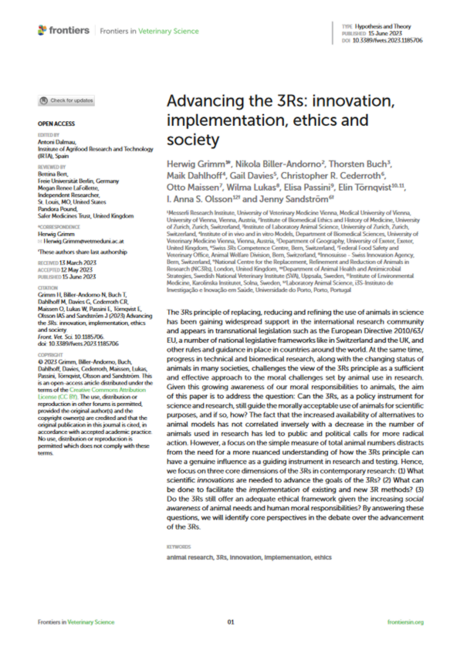
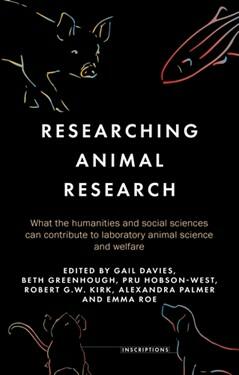
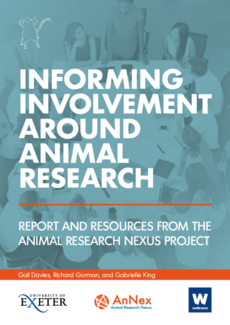
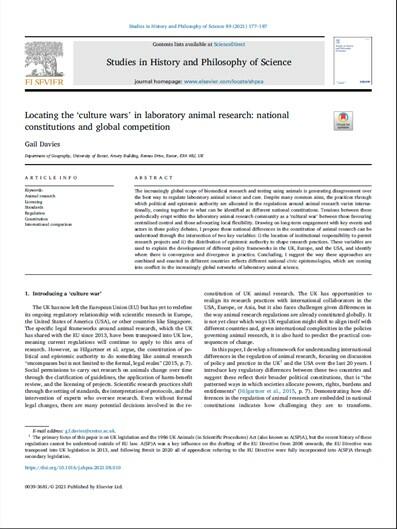
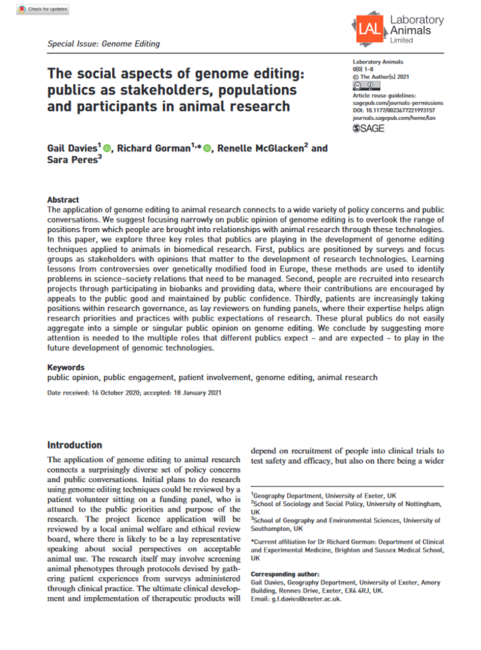
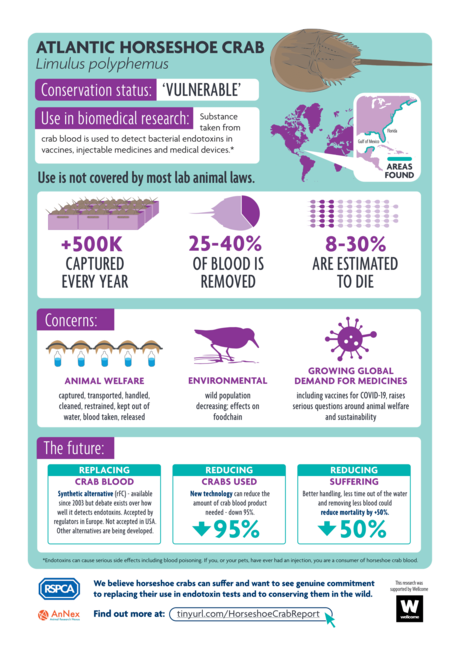
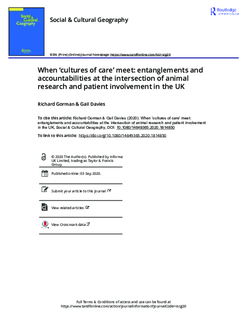
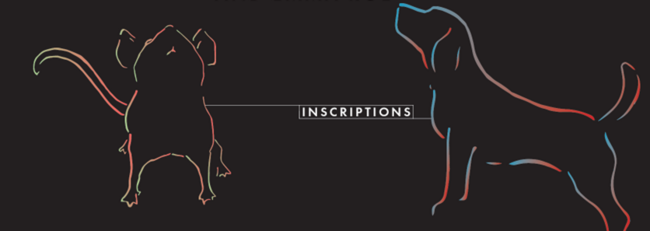


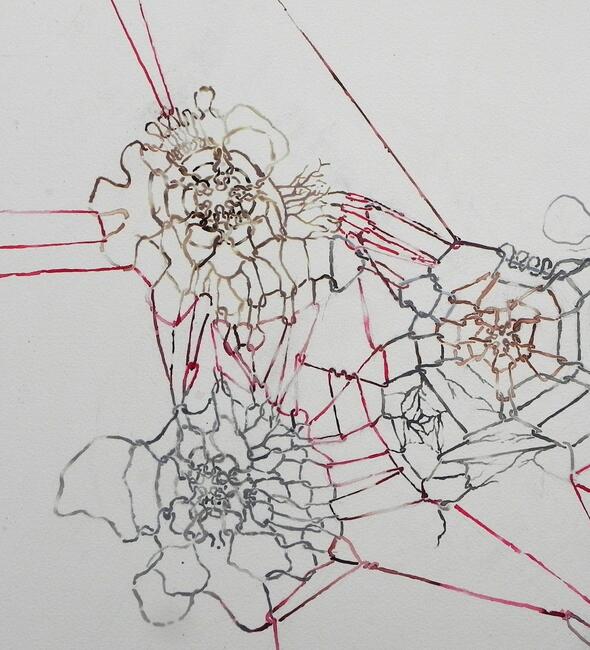
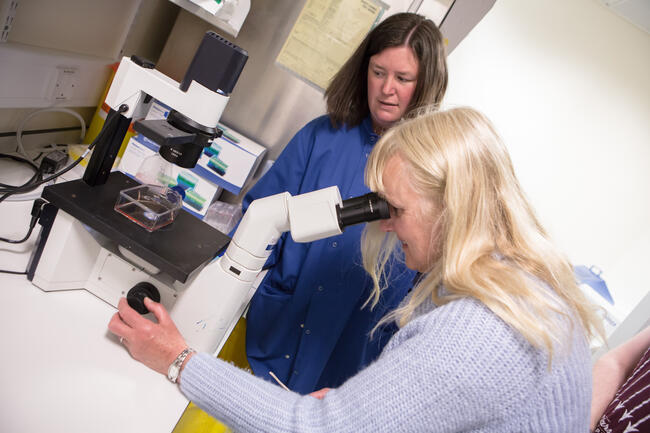
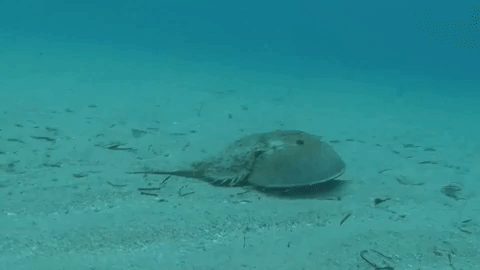
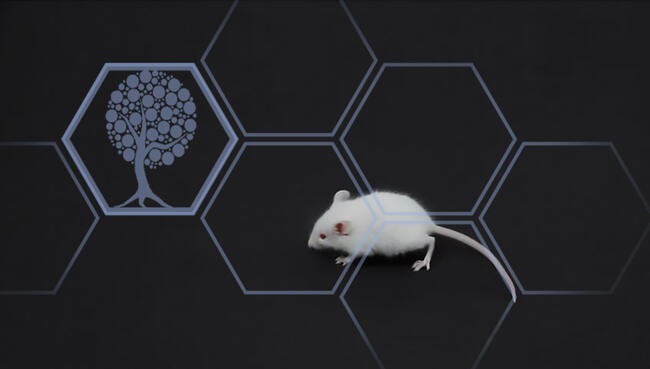
.gif%3Fitok=DjRU-WH5)
